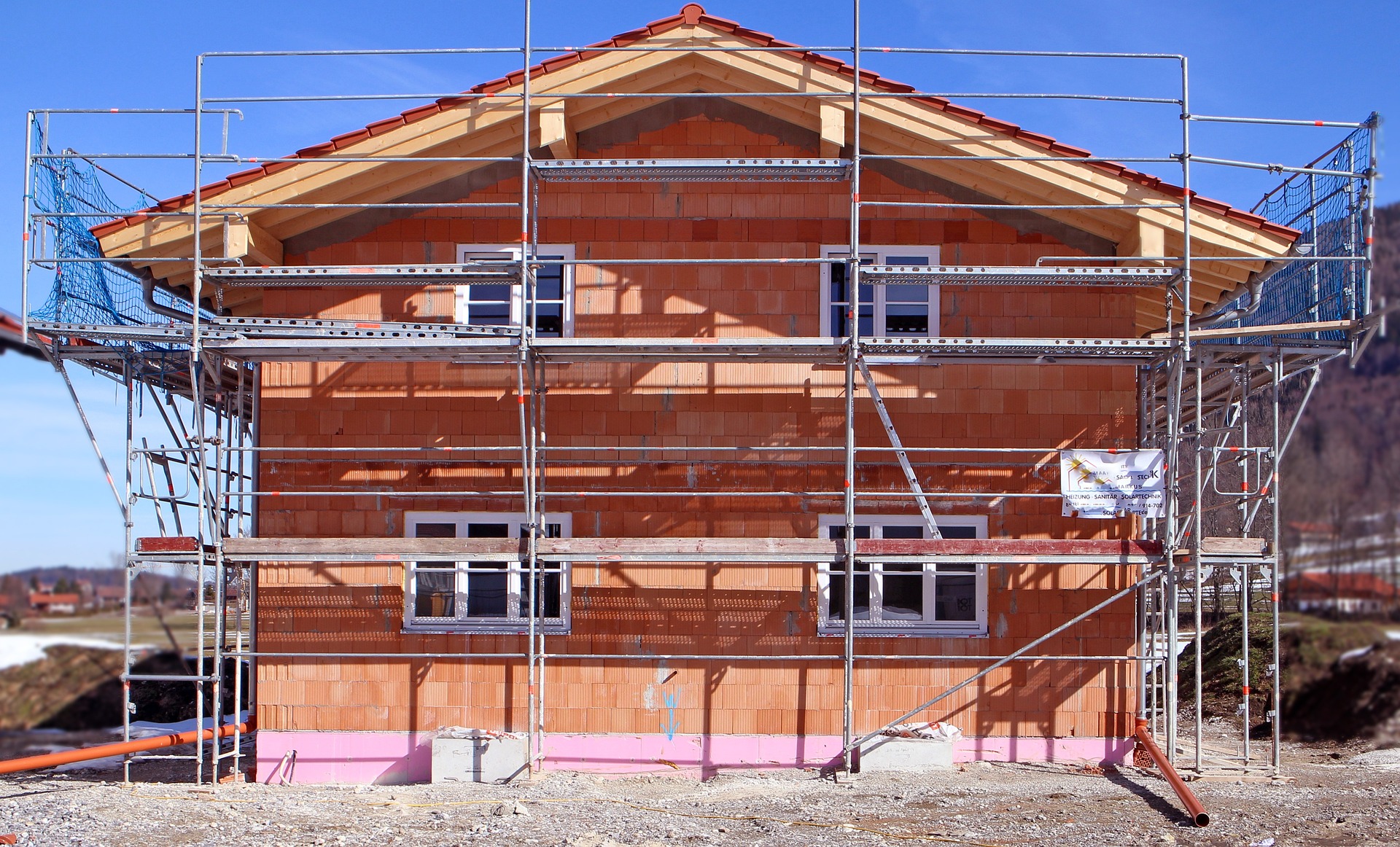Prefab Homes: Future of Affordable, Efficient Living
Prefabricated (prefab) homes are reshaping housing by combining factory-built precision with faster on-site assembly. Offering lower build times, improved quality control, and energy-efficient features, prefab homes are emerging as a practical, sustainable alternative to traditional construction for cost-conscious buyers and developers.

Prefabricated homes—often called prefab homes—are changing how we approach housing. Built in controlled factory settings and then delivered to their final site for assembly, these homes offer an alternative to fully on-site construction. As demand grows for affordable, energy-efficient, and faster-to-deliver housing, prefab construction is gaining traction among homeowners, builders, and policy makers.
How prefabricated homes differ from traditional construction
The fundamental distinction between prefab and conventional builds lies in where the work happens. Traditional houses are constructed largely on-site, subject to weather, schedule shifts, and variable labor conditions. Prefab homes, by contrast, are produced in sections or modules inside factories. These modules are engineered to exact specifications, which reduces on-site labor and shortens the final assembly window.
A factory environment brings predictable production schedules, stricter quality checks, and reduced material waste. While site preparation (foundations, utilities, permits) can proceed in parallel, the building components are finished indoors and then transported to the property. Once on site, modules are joined and finished—often in days or weeks rather than months—cutting exposure to weather delays and streamlining the delivery timeline.
Benefits of choosing a prefabricated home
Prefabricated homes provide several advantages that make them attractive alternatives to traditional construction:
-
Reduced construction time: Factory production runs concurrently with site work, speeding up overall project completion. Faster assembly means earlier occupancy and lower interim costs.
-
Cost-effectiveness: Standardized production, bulk purchasing of materials, and fewer weather-related delays can lower overall construction expenses. Savings depend on design complexity and site conditions but are frequently passed to buyers.
-
Improved quality control: Manufacturing indoors allows for systematic inspections, consistent workmanship, and tighter tolerances. This often results in more consistent build quality versus fragmented on-site trades.
-
Energy efficiency: Many prefab manufacturers prioritize thermal performance through high-quality insulation, airtight construction, and integrated energy systems. These buildings can deliver lower heating and cooling demands.
-
Minimal site disruption: Shorter on-site timelines reduce noise, traffic, and neighborhood disturbance. Less time on site also reduces exposure of materials to weather and vandalism.
-
Design flexibility: Modern prefab systems accommodate a wide range of architectural styles, finishes, and customization options. They can be tailored to local codes and personal preferences, from modest bungalows to multi-bedroom modular homes.
Energy performance and sustainable features
Energy efficiency is a core selling point of many prefabricated homes. The controlled assembly process supports careful fitting of insulation, precision installation of windows and doors, and rigorous air-sealing measures, all of which improve the building envelope. Common energy-focused features include high-performance insulation, double- or triple-glazed windows, efficient HVAC systems, and options for solar panel integration.
Smart home technologies are also frequently incorporated to monitor and optimize energy use—automating heating, ventilation, and lighting to reduce consumption. Together, these elements can lower utility bills and reduce a home’s environmental footprint, making prefab houses attractive to buyers seeking sustainable living.
Cost considerations and typical expenses
Total cost for a prefabricated home depends on many variables: home size and layout, level of customization, materials selected, local labor rates, site preparation complexity, foundation type, permit fees, and transportation distance. While factory efficiencies often make prefab competitive with or cheaper than traditional builds, additional site-specific costs can influence the final budget.
| Cost Factor | Estimated Range |
|---|---|
| Base Home Price | $100 - $200 per square foot |
| Site Preparation | $5,000 - $25,000 |
| Foundation | $10,000 - $30,000 |
| Transportation | $5,000 - $15,000 |
| Assembly and Finishing | $30,000 - $100,000 |
| Utilities Connection | $5,000 - $20,000 |
Prices, rates, or cost estimates mentioned in this article are based on the latest available information but may change over time. Independent research is advised before making financial decisions.
Careful budgeting should account for both the factory-built components and local expenses such as foundation work, site access improvements, and utility hookups. In many cases, homeowners see long-term savings from lower energy bills, reduced maintenance, and predictable construction costs.
Is a prefab home right for you?
Prefabricated homes suit a wide range of buyers and developers: those seeking quicker project timelines, households prioritizing energy efficiency, and builders looking to scale production with consistent quality. Site constraints, local zoning, and transportation logistics can affect feasibility, so it is important to perform due diligence—confirming permits, foundation requirements, and delivery logistics prior to purchase.
As building technology advances and consumer demand for affordable, sustainable housing rises, prefab construction is poised to take on a larger role in meeting housing needs. Combining speed, quality control, and energy-conscious design, prefabricated homes offer a compelling pathway for anyone considering a modern, efficient alternative to traditional homebuilding.






